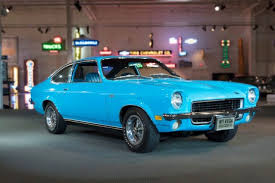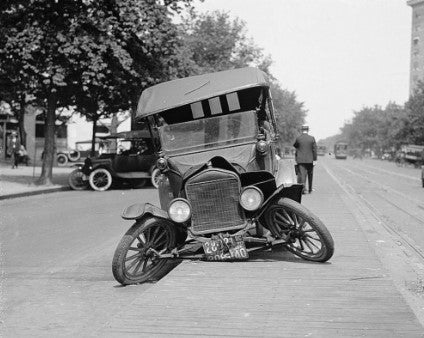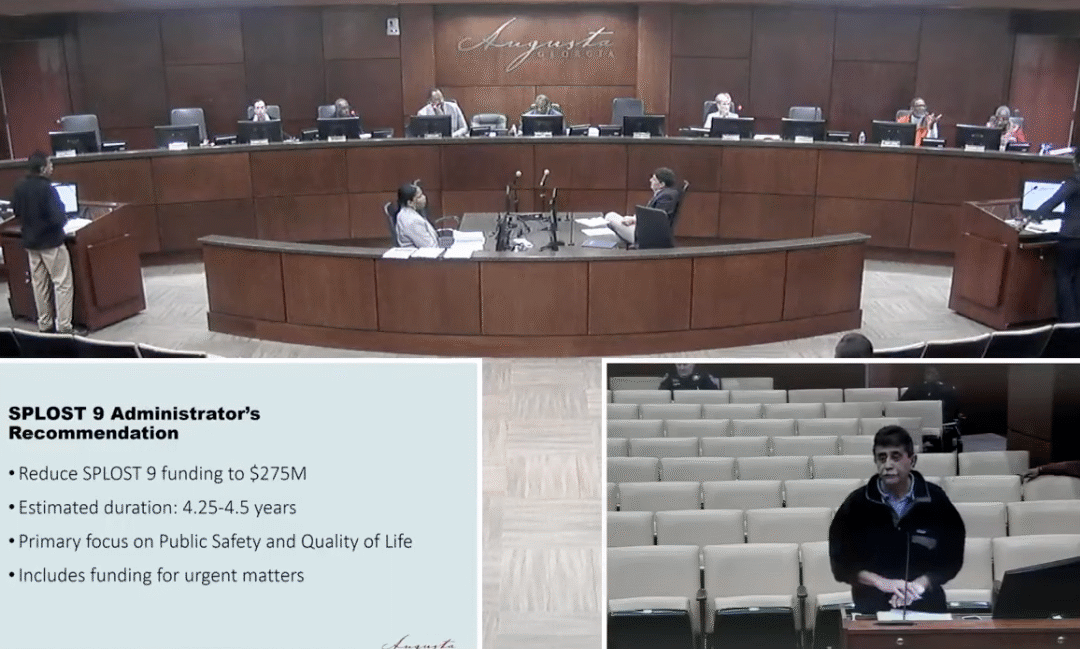The list of lemons produced by American auto manufacturers is as long as, or maybe longer than, the cars we now think of as classics; however the Edsel, Ford Pinto, Oldsmobile Cutlass Supreme Diesel and the long forgotten Crosley do not hold a candle to the 1971 to 1977 Chevrolet Vega.
Interestingly, the Vega rarely shows up in published lists of worst cars, likely because the automotive magazines had egg on their faces for promoting the Vega and, just like General Motors, wish people would just forget the compact duds ever existed.
You might be asking how the Vega could possibly be worse than the Pinto, which had a tendency to blow up in rear-end collisions. According to consumer activist Ralph Nader, the Vega suffered from the same gas tank placement issues as the Pinto.
“The Pinto is not alone in its fuel tank vulnerability,” Nader was quoted as saying, referring to the Vega.
According to Nader, the only reason the Vega did not get the press that the Pinto received was because, unlike Ford, which attempted to fight wrongful death lawsuits, Chevrolet chose to quietly settle out of court and avoid the media scrutiny.

The Vega was the victim of rushed production, Chevrolet did not fully work out the kinks that any new vehicle suffers from if a car company only spends two years developing the product.
In the early 1970s, compact cars such as the Volkswagen Beetle were slowly making a foothold in the American market, and Beetles as well as Datsuns and Toyotas were becoming popular among college students and adults who wanted a fuel-efficient car.
The creation of OPEC earlier made consumers and auto manufacturers nervous about the possibility of the oil cartel shutting off the spigot and causing gas shortages, a situation that would happen in 1973, leading to long gas lines and rationed fuel.
When the new Vega was unveiled in 1970, automotive critics drooled over the car’s perfect proportions and sleek modern look. The car, despite the fact that it was an economy compact, featured state-of-the-art engineering. However, sometimes state-of-the-art is not better than traditional technology, especially when new technology is not thoroughly vetted.
The Vega featured a new 140 cubic inch 4-cylinder engine made out of diecast aluminum, thinner sheet metal and a six-stage rust proofing process. While the engine only pumped out 90 horsepower, the Vega’s lightweight body and frame meant that it could reach highway speeds on an incline with no problem, whereas the Beetle would shriek like a banshee trying to get up hills.
The best part for consumers was that the Vega had a miles per gallon ratio of 23.5 in the city and nearly 40 MPG on the highway. It was a true American economy compact.
Motor Trend magazine named the Vega Car of the Year for 1971, and Road & Track named it Best Economy Sedan for three years, even after the vehicle was recalled numerous times.
However, according to none other than John DeLorean, president of GM at the time, the car was destined for failure before it left the drawing board.
In his book, On A Clear Day You Can See General Motors, the auto legend described how the car was actually designed by GM Corporate and then handed over to Chevrolet to build. Engineers under DeLorean were less than enthusiastic about the project.
According to DeLorean, in the first test run, the car went only eight miles before the entire front end of the vehicle fell off, leading him to write “lt must have set a new record for the shortest time taken for a new car to fall apart.”
Lance Geiger, producer and host of “The History Guy” YouTube channel notes that when the car was going into production, GM’s Assembly Division took over the Lordstown plant and fired hundreds of workers, decimating the quality control department; as if that was not bad enough, GM demanded that the plant produce 100 vehicles per hour.
Despite the shaky start, the Vega was a hit immediately, which led GM to design the “verta-pack” shipping method where the cars could be loaded vertically on train cars and quickly shipped to waiting dealerships.
Unfortunately, it did not take long for major issues to manifest themselves, and despite the roughly $2,000 sticker price ($13,000 in today’s money), owners would rue the day they purchased the vehicle.
The aluminum engine suffered from overheating, causing the silica linings to melt, allowing oil into the engine block, which caused the engine to belch black smoke when the cylinders didn’t warp and fail altogether. According to Geiger, people at the time sneered that the only time one did not see a Vega leaving behind billowing clouds of smoke was when it was being towed.
In 1972 alone, over 500,000 Vegas were recalled for engine backfires that could spark a fire, jammed throttles and detached axles.
The much lauded six-stage rust proofing did not work, and Chevrolet dealers had to constantly touch up vehicles on the lot as the cars began to rust fresh out of the factory.
By 1976, GM had corrected most of the flaws, but the public had already soured on the Vega. In fact, between the problems with the Pinto and Vega, people lost faith that American auto manufacturers could produce a reliable compact car and sales of Japanese vehicles soared.
If you can think of a worse car or if you once owned a Vega, make sure that you leave a comment below.
See you on the road!
Scott Hudson is the Senior Investigative Reporter and Editorial Page Editor for The Augusta Press. Reach him at scott@theaugustapress.com












